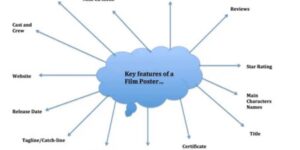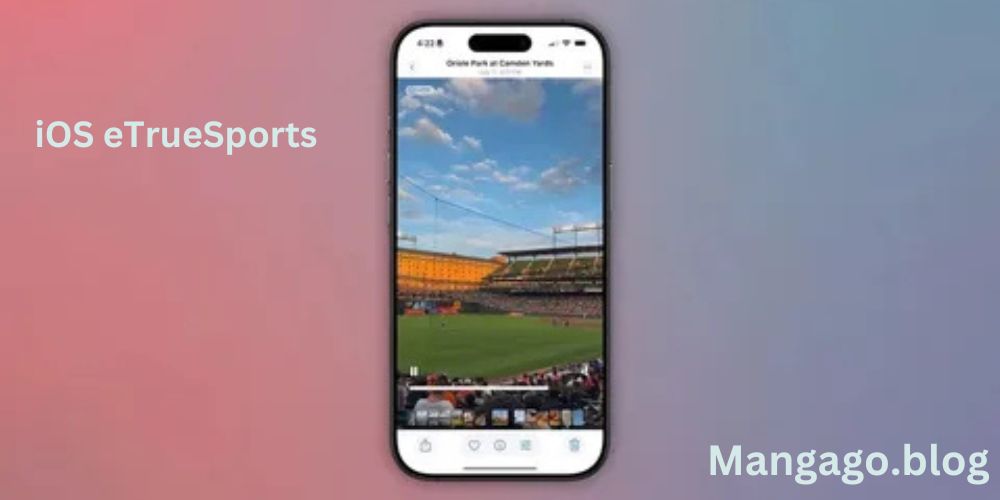A Typinar is an innovative approach to online events that is entirely text-based. Unlike webinars, which rely on video and audio, typ inars focus on delivering real-time information through written communication. This unique format enables seamless interaction between hosts and participants without the need for cameras, microphones, or complicated setups.
The Origins of Typinars
The concept of typinars emerged from the increasing demand for more accessible and flexible virtual events. As digital platforms evolved, typ inars filled a gap for users who preferred text-based interaction over traditional video-heavy formats. Typ inars have gained traction due to their simplicity and inclusivity. They cater to a broad audience, especially those with limited internet bandwidth or privacy concerns. Plus, they’re easy to organize and cost-effective for hosts.
Key Features of a Typinar

Typinars prioritize written content, offering clarity and precision. This makes it easier to share complex ideas and ensures participants can review the information during or after the event. Participants can engage in live Q&A sessions, polls, and group chats without the interruptions common in video-based events. This fosters a more collaborative and inclusive atmosphere. With no need for video or audio equipment, participants can join from virtually anywhere—whether at work, home, or on the go.
Benefits of Typinars
Typinars require minimal internet bandwidth, making them accessible to people in regions with poor connectivity. Participants only need a device capable of browsing the event platform. There’s no need for high-end cameras or microphones. Hosting a typ inar eliminates the need for expensive video production tools and software licenses. Without video or audio, costs related to editing, streaming, and equipment are significantly reduced. Typ inars emphasize content quality over flashy visuals. By removing video distractions, participants can fully concentrate on the discussion.
How Typinars Compare to Webinars
While webinars use video and audio, typinars rely solely on text. This difference creates a more straightforward, distraction-free experience. Typ inars are more inclusive, cost-effective, and easier to organize. They also avoid technical glitches like frozen screens or poor audio quality. Many participants experience “zoom fatigue” or discomfort with being on camera. Typ inars eliminate these concerns entirely.
Popular Use Cases for Typinars
Typinars have emerged as a versatile tool for online communication, offering a wide range of applications across industries. Here are some of the most common and effective use cases for typ inars: Typinars are ideal for corporate settings where employees need to engage with text-based material or participate in guided discussions. Companies use them for:
- Delivering detailed training modules.
- Sharing internal policies and documentation.
- Conducting group exercises through interactive Q&A and polls.
The simplicity of the format makes it easy for global teams to collaborate without logistical barriers.
How to Host an Effective Typinar

Hosting a successful typinar requires thoughtful planning and execution. While the format is simpler than traditional webinars, ensuring an engaging and impactful event still takes effort. Here’s a step-by-step guide to help you host an effective typ inar: Start by clarifying the goal of your typ inar. Are you educating an audience, conducting training, or launching a product? Knowing your purpose will guide the content creation and structure. Identify your target audience to ensure the event addresses their needs and interests.
The Future of Typinars
Typinars are carving a unique niche in the world of digital communication. As technology evolves and the demand for accessible, engaging, and flexible event formats grows, typ inars are poised to play a more significant role. Here’s what the future might hold for this innovative text-based format: Typ inars are no longer limited to niche audiences. Their simplicity and cost-effectiveness are drawing attention from a broad range of industries, including:
- Education: For online courses, Q&A sessions, and student engagement.
- Corporate Training: Offering scalable and accessible learning sessions for global teams.
- Marketing: Enabling companies to host interactive product launches or virtual trade shows.
As more industries recognize the value of typinars, they are expected to become a go-to solution for various communication needs.
FAQs about typinar
What is the main difference between a Typinar and a Webinar?
A typ inar is text-based, while a webinar uses video and audio for presentations.
Do Typinars require special software?
No, typ inars can be hosted on platforms with text-chat capabilities.
Are Typ inars suitable for large audiences?
Yes, typ inars are scalable and can accommodate both small and large groups.
How can businesses benefit from Typinars?
Businesses can save costs, reach global audiences, and focus on delivering clear, concise information.
What are some common challenges in hosting a Typinar?
Challenges include ensuring participant engagement and choosing the right platform for seamless interaction.
Conclusion
Typinars are transforming the way we connect, learn, and share information in the digital age. Their simplicity, accessibility, and cost-effectiveness make them a powerful alternative to traditional webinars and in-person events. By focusing on text-based communication, typ inars create a unique, distraction-free environment that emphasizes content over flashiness. As technology evolves and more industries adopt this format, typ inars are set to become a staple in virtual engagement. They are not just a trend—they are a solution to many challenges faced in the world of online communication. Whether you’re looking to educate, market, or connect, typinars offer a practical, inclusive, and forward-thinking platform to achieve your goals.




